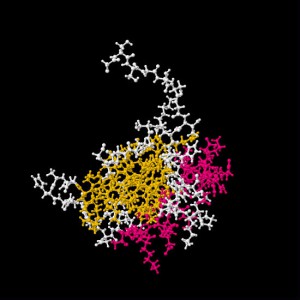Aberrant RNA binding protein (RBP) function has been implicated in a host of human diseases from various cancers, neurological disorders, and conditions related to muscular atrophy (1). Understanding RBP function requires not only a working knowledge of the protein proper, but accurate methods to identify RNA binding partners in vivo. Identification of RNA binding partners has historically been difficult, especially for RNA targets involved in nervous system disorders. Methods for finding targets have involved in vitro RNA selection or co-immunoprecipitation followed by gene chip analysis (2,3). These approaches came with some inhert limitations. The signal to noise ratio is low and the ability to differentiate between direct and indirect interactions is limited. Additionally, since the RNA-protein interactions are so complex, any of the in vitro methods may not be wholly predictive of true intracellular interactions.
In 2003, researchers at the Laboratory of Molecular Neuro-Oncology at Rockefeller University developed a method to purify protein-RNA complexes from mouse brain tissue that utilized ultraviolet cross-linking of RNA to their protein binding partners and immunoprecipitation of the cross-linked product (4). Further development of the technology has resulted in a streamlined protocol to perform high-throughput sequencing of RNA isolated by crosslinking immunoprecipitation (HITS-CLIP; 5).
Continue reading “Mapping Protein-RNA Interactions in vivo Using the HITS-CLIP Method”
